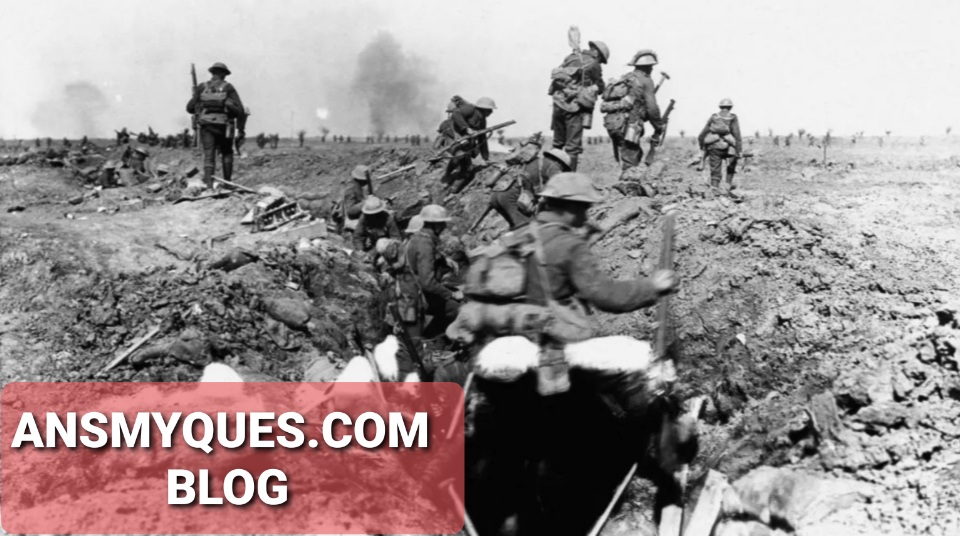The use of Personification and onomatopoeia in “Night Fall in Soweto” by Mtshali Osward
The use of Personification and onomatopoeia in “Night Fall in Soweto”
Poetic language poses a great nature of clairvoyance by the said poet to an extent that a reading audience can foreshadow a sumptuous part of the poem. However bad language deployments will not render the work invalid but place the reader in a state of indifference. To do this, poetic persona would have employed right figurative expression as seen in the work of ever-renowned Mtshalli Oswald in his poem Nightfall in Soweto. The poet here laboriously affixed Personification and Onomatopoeia to tell the tales of the unbecoming that plague the colonial South Africa in the satirize poem.
From the very first line of the poem “Nightfall Comes” herald in the methodological use of personification admist the glaring simile “nightfall comes like a dreaded disease”. One salient point to note is the imagery of Night fall or twilight moving to dark cloud comes in Soweto instantly paint with “dreaded disease”. A presumption theorize this line is that, the so called Soweto that is now plague with dreaded disease must have been at peace prior twilight or in Daytime. A reader, at this point instantly envisage one who is either on a sick bed or plagued with one bodily defect that affects them badly. It is with a sullen mood read from the environ of the novel that the dreaded disease is “seeping” and whining “through the pores of” what was hitherto “healthy body”.
Metaphorical analysis posed that this disease is not the regular disease known of, but that which the Law enforcement agency, of the then colonial government of South Africa, will have effect on the people. The fore of this is that Law enforcement agents at night time comes to neighborhoods of Soweto, then open fire of citizens who may or may not be guilty of a criminal offense. The resultant of these is that it now very pronounced to “ strike down the helpless victim” as the “nightfall” keep “gnawing” at the very heart of every “helpless victim”.
One needs to pause the start at this point to reason on how onomatopoeia has been deployed for the purpose of vivid picturesque in the mind of the reader. The very line that employ the use of “gnawing” instantly paint the image of that of a bull dog, making trepidatory low growl about to attack a stranger, however, this is not a facade, it rather realistic as it happens to “helpless victim” who “quakes” at the very “deafening knock at the door”.
The symbolical representation of this is presume that just into the night, guns shot, running, fear is what the people think of instead of thinking about the night as that which lover’s do lovers duty, coziness and a good night rest that spam out from the event thereof. Well, this has soon become a thing to imagine or an utopia to stay as the onomatopoeia, mixed with apostrophe put out “Open up” and this night fall even “barks” just as a mad rabid poisonous dog”. This, has made the poet become the “prey”, a “quarry”, who is to be “run down by the marauding beast let loose by cruel nightfall from his cage of death”
To draw it up, in the Apartheid South Africa, the position of law is injustice and that if the enforcer is tyranny. These two, coupled together form the plight that plague the Soweto people as now developed a nuance that “daytime” is way preferable to the “nightfall” as the rhetorical-personified question was asked that “why where you (nightfall) ever created?”.


